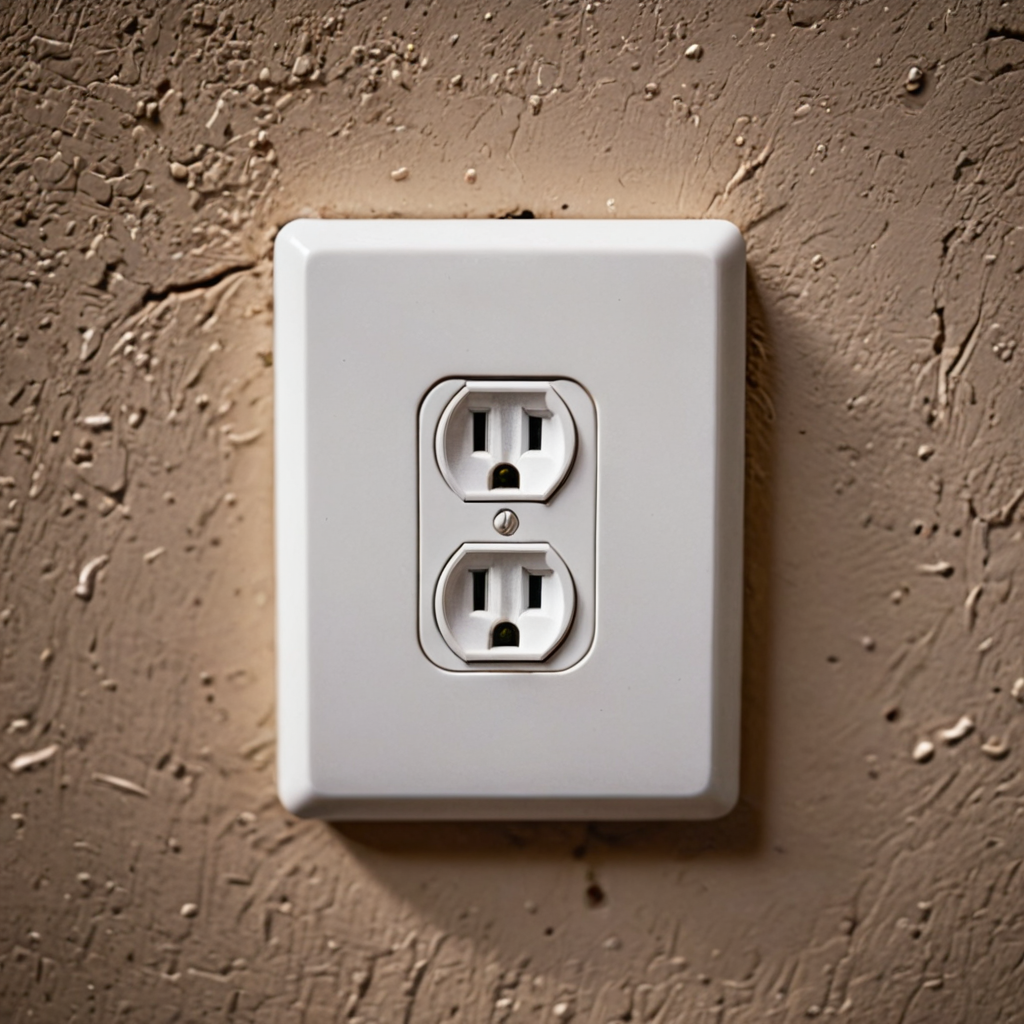
Electrical outlets are essential components of every residential home, providing power for lighting, appliances, electronics, and various devices. With advancements in technology and electrical safety standards, there are several types of electrical outlets available to meet the diverse needs of homeowners and accommodate different electrical devices. Understanding the characteristics, features, and applications of various types of electrical outlets can help you make informed decisions when upgrading or installing outlets in your home. In this article, we will explore the different types of electrical outlets commonly used in residential homes, along with their specifications, benefits, and considerations for optimal use.
- Standard Duplex Outlets: – Standard duplex outlets, also known as 120-volt outlets, are the most common type of electrical outlets found in residential homes. They feature two vertical slots for plug insertion, with the wider slot for the neutral wire and the narrower slot for the hot wire. Standard duplex outlets are rated for 15 or 20 amps and can accommodate two-prong or three-prong plugs. They are suitable for powering lamps, chargers, small appliances, and other household devices.
- GFCI Outlets (Ground Fault Circuit Interrupter): – GFCI outlets are designed to protect against electrical shock and are required in areas where water is present, such as kitchens, bathrooms, laundry rooms, and outdoor spaces. GFCI outlets have built-in sensors that monitor the flow of electricity and quickly shut off power if a ground fault or electrical leakage is detected. GFCI outlets feature “Test” and “Reset” buttons for periodic testing and resetting to ensure proper functionality.
- AFCI Outlets (Arc Fault Circuit Interrupter): – AFCI outlets are designed to prevent electrical fires caused by arc faults, which can occur when damaged or deteriorating wiring creates sparks. AFCI outlets are typically required in bedrooms, living rooms, and other living spaces to enhance electrical safety. AFCI outlets monitor electrical currents and automatically shut off power when abnormal arcing is detected, reducing the risk of fire hazards.
- USB Outlets: – USB outlets, also known as USB charging outlets, feature built-in USB ports for directly charging smartphones, tablets, laptops, and other USB-powered devices without the need for adapters or power bricks. USB outlets are convenient for charging multiple devices simultaneously and eliminating clutter from traditional power adapters. They are commonly installed in bedrooms, home offices, kitchens, and living rooms for easy access to USB charging capabilities.
- Tamper-Resistant Outlets: – Tamper-resistant outlets are designed with internal shutters that prevent foreign objects from being inserted into the outlet slots, enhancing electrical safety, especially in homes with young children. Tamper-resistant outlets require equal pressure on both slots for insertion of plugs, reducing the risk of electrical shocks or injuries. They are recommended for all areas of the home to protect against accidental contact with electrical components.
- Weather-Resistant Outlets: – Weather-resistant outlets are designed for outdoor use and are built to withstand exposure to moisture, rain, snow, and extreme temperatures. Weather-resistant outlets feature a protective cover that seals the outlet when not in use, preventing water ingress and ensuring safe operation in outdoor environments. They are commonly installed on patios, decks, garages, and exterior walls to power outdoor lighting, tools, and appliances.
- Smart Outlets: – Smart outlets, also known as Wi-Fi outlets or smart plugs, can be controlled remotely via a smartphone app, voice commands, or home automation systems. Smart outlets offer programmable scheduling, energy monitoring, and voice control capabilities for managing connected devices and optimizing energy efficiency. Smart outlets are ideal for creating smart home ecosystems, controlling lighting, appliances, and electronics, and enhancing convenience and connectivity in residential homes.
- Pop-Up Outlets: – Pop-up outlets, also known as countertop outlets or hidden outlets, are installed flush with countertops and can be raised or lowered with a push of a button. Pop-up outlets provide convenient access to power in kitchens, islands, and workspaces while maintaining a streamlined and clutter-free appearance when not in use. Pop-up outlets offer a discreet and functional solution for powering small kitchen appliances, laptops, and devices without sacrificing aesthetics.
When selecting electrical outlets for your residential home, consider factors such as location, electrical requirements, safety codes, functionality, and aesthetics. By understanding the different types of electrical outlets available and their features, benefits, and applications, homeowners can customize their electrical systems to meet their specific needs, enhance safety, and improve convenience in daily living. Work with a licensed electrician or electrical contractor to assess your home’s electrical needs, recommend suitable outlet types, and ensure proper installation for reliable and safe operation. Remember that electrical outlets are not just power sources; they are essential components that provide connectivity, convenience, and functionality in your home, so choose wisely to power up your living spaces effectively and efficiently.
Cedar Hill St. Louis Jefferson County Olivette Kirkwood Ballwin Arnold Franklin County St Charles County Fenton High Ridge Dittmer Creve Coeur
